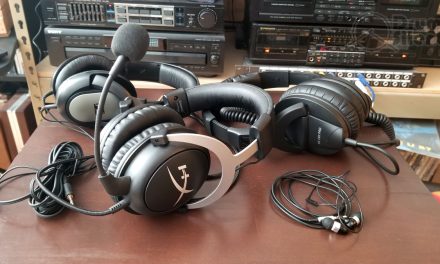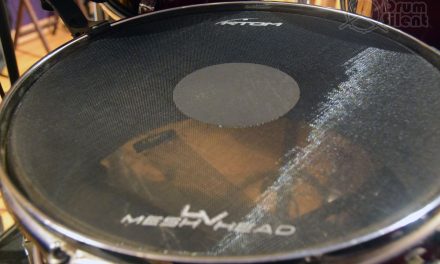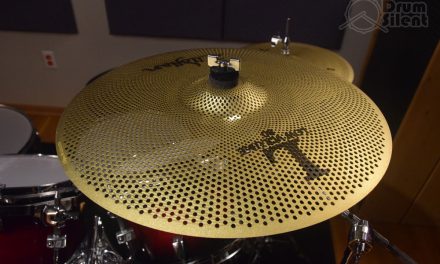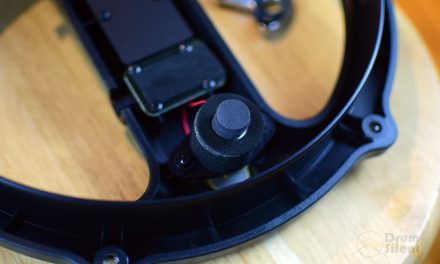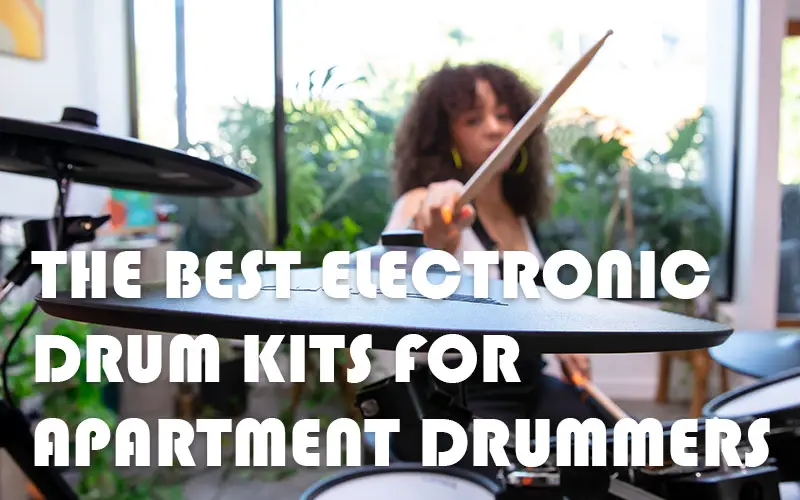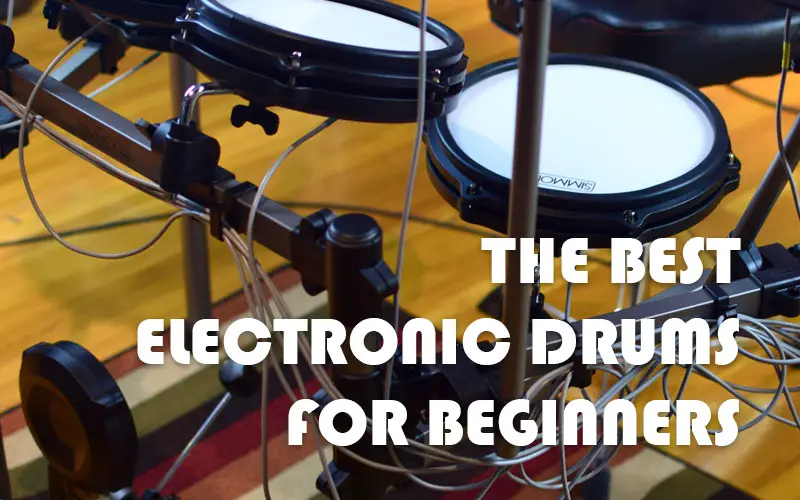Electronic drum kits can usually be recorded in couple different ways. Most drum modules give you the option of recording the audio output or capturing the MIDI performance. Let’s take a look at some advantages and disadvantages of both options.
What Does Your Drum Module Offer For Audio and MIDI Outputs?
This is the first question to ask, which could push you in either direction for recording. Most basic drum modules might have something like a pair of stereo audio outputs and a MIDI output. More advanced modules might have multiple individual audio outputs, MIDI outputs and they might even be able to transmit MIDI or audio over USB.
Stereo Audio Outputs Will Be the Most Limiting
If you only have a single stereo audio output available, you will quickly realize that your options for capturing a multi-track audio performance are limited. Recording a drum performance as a stereo audio track will limit your ability to do more advanced post-processing of the captured audio. Since you won’t have individual audio tracks with the snare, kick, toms and cymbals, you won’t be able to adjust their levels, pan or effect and compress them individually after recording. This can be limiting if you want to add more compression to the snare and kick afterwards, or adjust the levels of the drums around the kit after recording, stuff like that.
Capturing the MIDI Performance Offers Lots of Flexibility
If your drum module only has the option of stereo audio outputs or MIDI outputs, you’ll most likely find the MIDI outputs to be the most flexible for post processing after recording. However, going the MIDI route will require that you have drum software on your computer to generate the drum sounds, since you won’t be capturing the audio from your drum module. An example of this would be using a DAW like Reaper or Pro Tools along with a drum VST such as EZDrummer, Superior Drummer or Addictive Drums. You’ll effectively record the MIDI performance from your drum kit and then play back the performance using the drums sounds from the drum software.
Going this route requires more software, but it gives you the ability to completely change your drum sound after recording. You’ll also be able to edit your drum tracks and fix mistakes, since you can edit the MIDI notes that you captured during recording. You can see how this could be much more ideal for producers and sound engineers when compared to other options.
USB Recording Options
Newer drum modules are starting to implement more audio and MIDI over USB options for recording. These can be quite powerful if your drum kit has this type of feature, so it’s worth checking to see if yours does or not.
MIDI over USB usually works about the same as the standard MIDI output, except you can use the USB connection instead of having to use a MIDI interface connected to your computer to record. So that is a little bit efficient in terms of connections and gear required to capture MIDI.
Audio over USB can be pretty awesome, especially if your drum module can output multi-track audio over USB. This type of feature allows you to capture all the different audio tracks such as snare, kick, toms, cymbals and possibly even room mic and overhead mic simulations as separate audio tracks in your DAW. This is slick since it allows you to capture the drum sounds from your drum module while also giving you the flexibility of working with multi-track recordings for post-processing.
Which Option Should You Use?
I’d generally recommend to stay away from simply recording the stereo audio outputs, since that will leave you with the least amount of flexibility for working with the captured audio after recording.
MIDI is a good recording option for producers who will want the flexibility to change the drum sound completely after recording. It will also give you the best options for editing drum performances, fixing playing mistakes and even programming new parts after the performance has been recorded. You also will be easily able to quantize the performance if that’s your thing.
Multi-track audio is a good option if you don’t want to deal with drum VST’s and prefer to use the drum sounds that are coming from your drum module. You still get the flexibility of working with multi-track audio for post-processing. USB multi-track audio makes this super easy to do, so keep an eye out for this feature.

